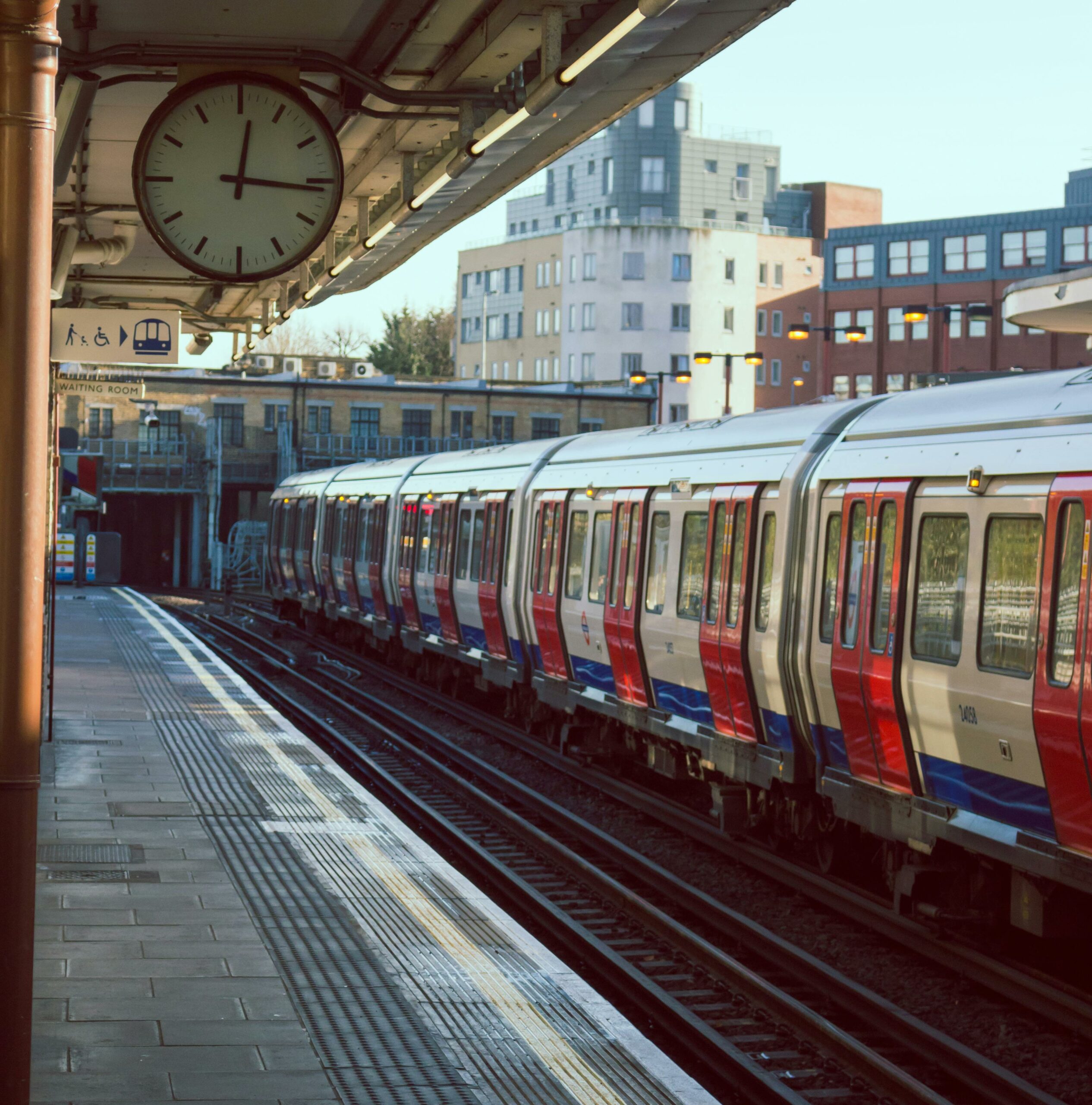Contents
- Introduction
- Understanding Buddleia and Its Impact on Railways
- Long-Term Prevention Strategies
- 3.1. Chemical Control Methods
- 3.2. Physical Removal Techniques
- 3.3. Habitat Modification
- Implementing an Integrated Management Approach
- Monitoring and Maintenance
- Conclusion
- Useful Resources
Introduction
Buddleia, commonly known as the butterfly bush, has become a significant concern for railway maintenance teams across the UK. While its purple flowers may be aesthetically pleasing in gardens, this invasive plant poses serious risks to railway infrastructure and operations. This blog post aims to provide grounds managers and railway maintenance personnel with effective strategies for preventing long-term Buddleia regrowth along railway lines.
Understanding Buddleia and Its Impact on Railways
Buddleia davidii, native to China, was introduced to the UK as an ornamental plant in the late 19th century. Its rapid growth, prolific seed production, and ability to thrive in disturbed soils make it particularly problematic for railway environments. A single mature plant can produce up to 3 million seeds annually, which can remain viable in the soil for many years. This remarkable reproductive capacity, combined with its preference for well-drained, lime-rich soils often found in railway ballast, makes Buddleia a persistent challenge for railway maintenance teams.
The plant’s impact on railway infrastructure and operations is significant and multifaceted:
- Damage to tracks, signals, and other infrastructure: Buddleia’s robust root system can penetrate and widen cracks in concrete, masonry, and asphalt. This not only accelerates the degradation of platforms, bridges, and retaining walls but can also destabilise track ballast, potentially leading to misalignments that compromise rail safety.
- Reduced visibility for train drivers: As Buddleia grows rapidly and can reach heights of up to 5 metres, it can quickly obscure important sightlines along railway corridors. This obstruction of signals, signs, and oncoming trains poses a serious safety risk, potentially leading to accidents or necessitating speed restrictions, which in turn can cause delays and disruptions to service.
- Increased fire risk during dry periods: Buddleia’s woody stems and leaves can become extremely dry during summer months or periods of drought. This creates a significant fire hazard along railway lines, especially considering the proximity to potential ignition sources such as sparks from train wheels or electrical equipment. A fire outbreak not only poses immediate danger but can lead to extensive service disruptions and costly damage to infrastructure.
- Compromised stability of embankments and structures: While Buddleia’s extensive root system can initially appear to stabilise soil, it actually poses long-term risks to the structural integrity of railway embankments and cuttings. As the plant matures and eventually dies, its decomposing root system can leave voids in the soil, potentially leading to subsidence or landslips. This is particularly problematic in areas with already unstable ground conditions.
- Ecological impact: Although not directly related to railway operations, it’s worth noting that Buddleia’s invasive nature can outcompete native plant species along railway corridors. This reduction in biodiversity can have knock-on effects on local ecosystems, potentially impacting wildlife that relies on native vegetation for food and habitat.
- Increased maintenance costs: The persistent nature of Buddleia infestations requires regular and often costly control measures. This diverts resources from other crucial maintenance tasks and can significantly impact the overall budget for railway upkeep.
Understanding these wide-ranging impacts underscores the critical importance of implementing effective, long-term control measures for Buddleia along railway lines. By addressing this invasive species comprehensively, railway managers can enhance safety, improve operational efficiency, protect infrastructure, and contribute to the preservation of local ecosystems.

Long-Term Prevention Strategies
Chemical Control Methods
While chemical control should be used judiciously, it can be an effective part of a long-term management strategy:
- Glyphosate-based herbicides: Widely used due to their systemic action
- Growth regulators: Can prevent flowering and seed production
- Residual herbicides: Provide extended control by preventing germination
Always follow regulations set by the Health and Safety Executive (HSE) and the Environment Agency when using chemical controls.
Physical Removal Techniques
Physical removal is crucial for immediate control and can contribute to long-term management:
- Cut and stump treatment: Remove the plant and apply herbicide to the stump
- Root removal: Excavate the entire root system to prevent regrowth
- Repeated cutting: Regular cutting can exhaust the plant’s energy reserves over time
Habitat Modification
Altering the environment can make it less hospitable for Buddleia:
- Improve drainage to reduce damp conditions
- Install root barriers along critical areas
- Encourage native plant growth to compete with Buddleia
Implementing an Integrated Management Approach
For optimal long-term control, combine multiple strategies:
- Initial removal of existing plants
- Application of appropriate herbicides
- Regular inspections and follow-up treatments
- Habitat modifications to discourage regrowth
- Promotion of biodiversity with native species
This integrated approach provides the best chance for long-term success in preventing Buddleia regrowth.
Monitoring and Maintenance
Ongoing vigilance is key to preventing re-establishment:
- Conduct regular surveys, especially during the growing season
- Implement a rapid response protocol for new growth
- Keep detailed records of control measures and their effectiveness
- Adjust strategies based on observed results
Conclusion
Preventing Buddleia regrowth on railway lines requires a comprehensive, long-term approach. By combining chemical control, physical removal, habitat modification, and ongoing monitoring, grounds managers and railway maintenance teams can effectively manage this invasive species. Remember that consistency and persistence are crucial for success. By implementing these strategies, you can protect railway infrastructure, ensure operational safety, and maintain the ecological balance along railway corridors.
Resources
- GB Non-native Species Secretariat – Buddleia Management
- Rail Safety and Standards Board – Management of Lineside Vegetation
- Plantlife – Managing Buddleia
- Royal Horticultural Society – Buddleja Control
The Postcode Areas We Serve
Gloucester and Swindon
Birmingham and the Midlands
Bristol and the South West
Cardiff and South Wales










